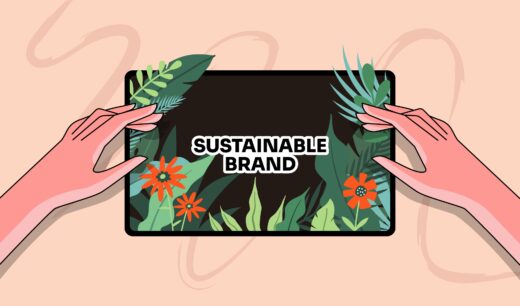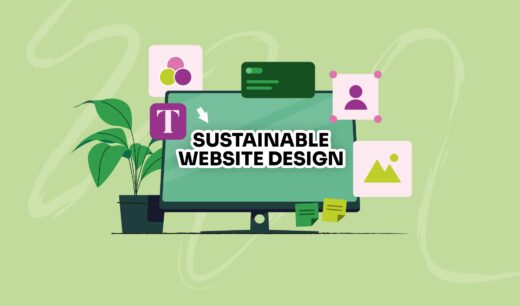Will sustainable design make us better designers?
2.5 min read

Sustainable web design practices are rising to fame and becoming hugely important to our design and development processes.
These include optimising media, taking a minimalist approach, making careful colour choices, reducing server requests, and so on. By taking a more considered approach to web design and development, as outlined in my previous article, we can make some serious reductions to the digital carbon footprint of our websites.
Sustainable websites have wider benefits beyond just the planet's impact. For our clients, these fast-loading websites can mean higher rankings, increased conversions and a big tick in the CSR box. But for the people visiting our sites, they’re finding what they’re looking for more easily and quickly. We’re able to reach more of them, and we’re able to deliver them a better digital experience.
A more accessible and inclusive web
By designing with sustainability in mind, we create websites that load quickly and require less data. This means people of diverse abilities, cultures, and backgrounds can access and use our websites worldwide. For example, optimising web pages for faster loading times can improve accessibility for users with slower internet connections or limited data plans.
Over 70% of countries have below-average download broadband speeds* Calculated from median stats collected at Speedtest.
The average cost of 1GB of mobile data in Saint Helena, off the coast of Africa, is USD 41.06* Worldwide mobile pricing taken from https://www.cable.co.uk/mobile
Reducing unnecessary or large images, animations, and videos can also help make websites more accessible to users with disabilities, such as those with visual impairments or sensory processing disorders.
Can sustainable design make us better designers?
By incorporating sustainable design principles into web design, we can create websites that are accessible and inclusive for a wider range of users.
Designing more sustainably makes us think more critically about our work. It’s less about what looks good and more about our environmental choices and our designs' impact on digital carbon emissions. That doesn’t mean boring, unengaging or uninspired designs. It’s the opposite.
It leads to more innovative and thoughtful designs that don’t just look good; they’re exceptionally considered for audiences, more sustainable, and better user experience for everyone. This will lead us towards a more equitable and inclusive web that is good for the planet and its people.
So, we’re not just better designers; we’re more mindful and considerate designers.
What do you think?

Lucy Williams
A Principal UX and Digital Designer with almost two decades of experience. She loves balancing UX thinking with digital creativity to design innovative & vibrant products.
She has specialist knowledge in digital brands and sustainability.
Connect on LinkedIn.
Leave a green impression: be a sustainable brand online
4.5 min read

How to create a greener web with a sustainable website design
4 min read
